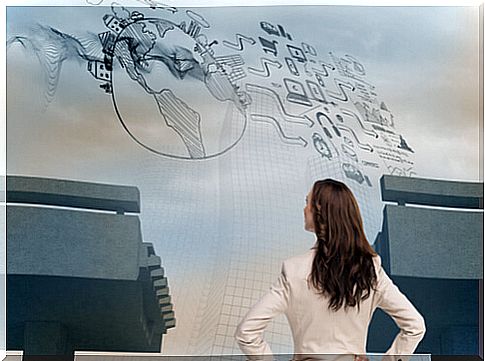What Is The Digital Divide?

From the end of the 20th century to the beginning of the 21st century, we have witnessed unparalleled technological advancement. However, have we all come to it? Answering this question we arrive at the concept of “digital divide”.
Kofi Annan, former Secretary General of the UN, said: ” Information and communication technologies are not a magic formula, but they can improve the lives of all the inhabitants of the planet .”
This gap refers to the separation that exists between people who use information and communication technologies (ICT) and those who do not. Good because they can’t, good because they don’t know. In the following article we will analyze this concept in more depth, as well as the problems that it entails and the possible ways to solve it.

What is the digital gap?
Technological innovations are not regularly disseminated through the system. In other words, not all companies or individuals become users and, even less, advanced users. Thus, cultural and economic differences in underdeveloped countries mean that only 10% of the population has access to the Internet, while in industrialized countries the figure is 58%.
In this way, we realize that the majority of the population has a desert of knowledge in this process that opens doors to greater development and comfort in all our aspects of daily life. Since, today, technology can be considered as a key tool for the development and advancement of our lives.
The inequalities occur especially in:
- Access to equipment. This is what is known as the first digital divide.
- The ignorance of those that are within our reach. What would be the second digital divide.
The first and the second digital divide
The key is to understand that the most difficult barrier is not access, but use. This is because technological innovations depend on how they are used and how they affect people’s lives. Therefore, it is crucial that each individual can use the innovations based on their needs and interests.
Internet access is not enough. Thus, it is the “digital skills” knowledge gap that is necessary to live and work. Above all, in societies characterized by the growing importance of information and knowledge.
Here, a point that we must highlight is the gender differences in relation to digital skills. While the first digital divide has a clear generational and educational component, the second digital divide affects women much more than men. Therefore, concern about gender differences in the use of computers and the Internet is growing, as well as being a difficult issue to resolve.
Problems of the digital divide
From the social perspective, if a significant part of the population does not have access to parts of the technology considered crucial, economic and social inequalities can be generated and other previously existing ones can be reinforced.
On the other hand, we see that new technologies have created two poles with a clear impact on the labor market: people with easy access to technologies and those with difficult, expensive or impossible access. This fracture can occur between countries, but also between people from the same country or city.
In this way, countries that cannot take advantage of ICT sales lose competitiveness. In addition, within each country, the difference between those who have access and those who do not generate a new segmentation in the labor market in which the former have privileges of entry and choice of the workplace.

Is there a solution?
Indeed, the ever-increasing advancement of technology has brought with it many advantages. Among them, it is possible to highlight the following:
- They give the possibility of communicating with any corner of the world quickly and easily.
- They are an ideal tool to be able to train.
- They are an inexhaustible source of entertainment.
For this reason, the State, through public policies, must work to eliminate the digital divide and democratize the access and use of ICTs.
A reduction in the digital divide implies a reduction in inequalities in general, which allows more people to have the possibility to learn and find better jobs.









